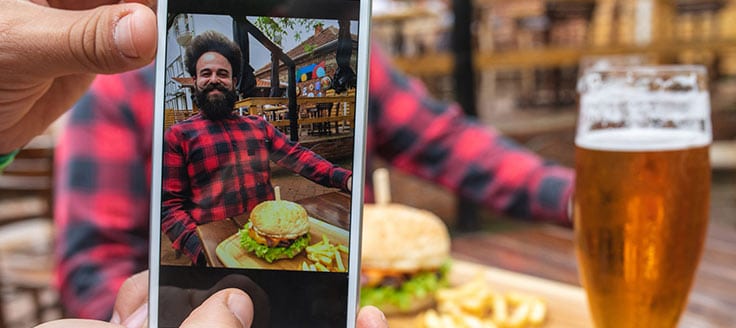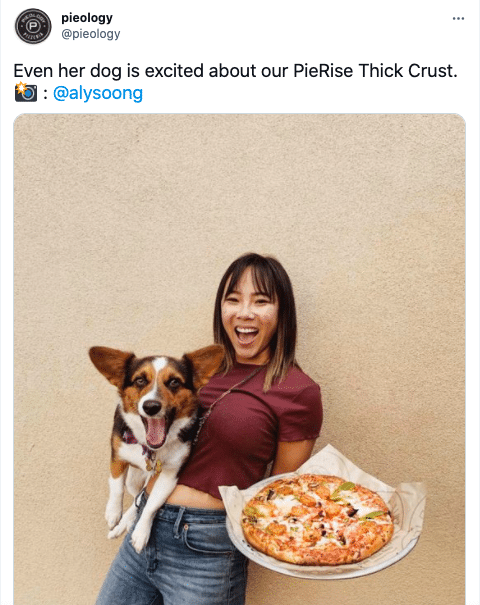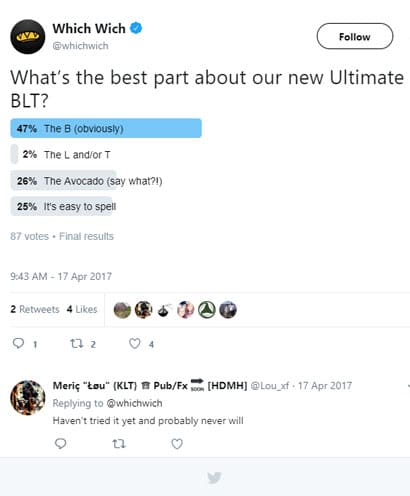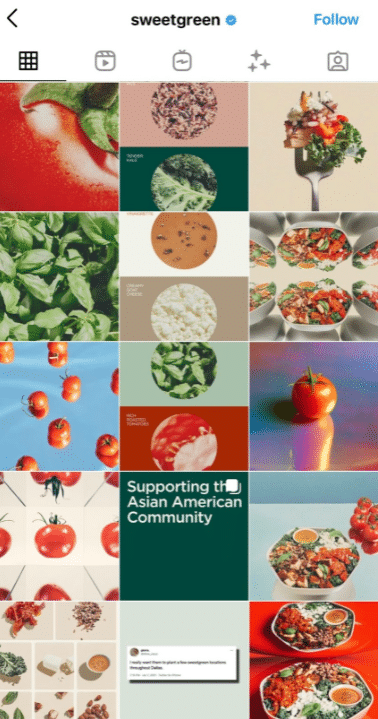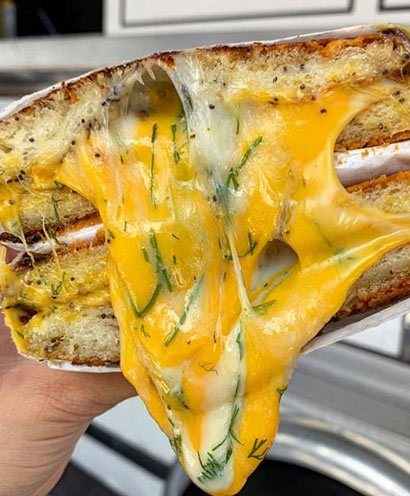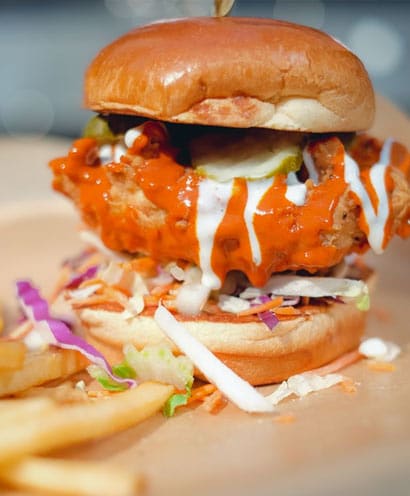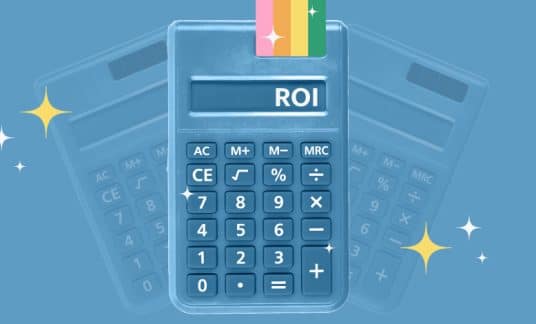As a restaurateur, social media deserves your attention now more than ever.
Food and beverage content is wildly popular across all social media platforms, and restaurants that take the time to make social media a strategic part of their marketing mix can reap significant rewards.
The good news? Learning how to use social media for restaurants can be done with a minimal time commitment. Here are tips, best practices and examples of how restaurateurs navigate social media marketing for restaurants.
Why Is Social Media Marketing Important for Restaurants?
A good restaurant social media marketing strategy can throttle everything from your website traffic to your establishment’s foot traffic. Consider the following:
- Food and drink posts are some of the most popular social media content. There are about 600 million food-and-beverage-related hashtags on Instagram (Backofhouse.io, 2020)
- 30% of millennials won’t patronize a restaurant with a lackluster Instagram account (Social Media Today, 2020)
- More than75% of people make a purchase because they saw the product or service on social media (SproutSocial, 2016)
- 66% of surveyed marketers saw lead generation benefits when they used social media platforms for 6 or more hours per week. (Social Media Examiner report, 2016)
There are additional ways social media and restaurant marketing can spur greater success for your business:
Increased Brand Awareness
Facebook and Instagram have the largest audiences of all social media platforms, with 2.85 billion monthly users worldwide. Using the platforms, you can entice visitors with rich visuals that show off your menu items, staff and anything else that makes your restaurant unique.
Creating quality social media content encourages audience engagement. And seeing relevant, interesting posts about your restaurant can help deepen your relationship with current customers. If they like and share your posts, that further broadens your social media reach and exposes your brand to potential new diners.
More Website Traffic
A 2018 experiment conducted by Hootsuite demonstrated a positive correlation between social media engagements and better search engine rankings.
Better Customer Satisfaction
About 54% of customers would rather receive customer care via social media than over the phone or email. One study showed that customers that receive responses from brands on Twitter are willing to spend up to 20% more and are 30% more likely to recommend the brand. Successfully handling customer concerns or complaints can benefit you beyond that single interaction. Other social media users that witness the care you provide customers can burnish your image.
Cost-Effective
It’s free to set up an account for your business on Facebook, Instagram, Twitter and Snapchat. Plus, paid ads on these platforms are relatively low-cost.
Highly-Targeted Audiences
You can use social media advertising for restaurants to tap into ultra-qualified audiences full of users primed to want your goods and services.
How Often Do Restaurants Need to Post on Social Media?
You should post at least 3 times per week for successful restaurant promotion and continued audience engagement, according to Toast’s On the Line. O course, you can post more frequently, but how much depends on the platform you’re using. For example, a Hubspot study reports that Facebook pages that publish more than 61 posts per month (more than twice each day) saw a decline in audience engagement compared to pages that posted once per day or only 1-5 times per month. Facebook news feeds are highly competitive, and incorporating the “quality over quantity” rule is key to a Facebook marketing strategy for restaurants.
In contrast, if your restaurant marketing plan includes TikTok, it’s recommended you post at least once a day, but 3 times is widely considered best. With Snapchat, and keep in mind that posts disappear after 24 hours, it’s recommended you post 4-7 times per week.
With an Instagram account, you can post 1-2 times per day but at least 3 times per week. You can post up to 3 times per day, but that’s considered high and you shouldn’t post more often than that.
Digital marketing plans for restaurants should consider not only how often to post to social media, but when. Pay attention to the activity on your posts and your page’s analytics to learn what times of the day or week your content receives the most views and engagement.
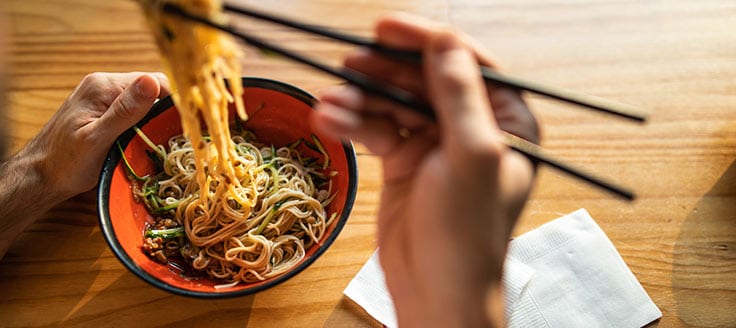
How to Manage Social Media for a Restaurant
Social media platforms such as Twitter, Instagram and Facebook allow you to include information about your restaurant. When building your social media profiles, start with the basics:
- Hours
- Location
- Contact information
- Website
This way, visitors can quickly access your information.
Social Media Content for Your Restaurant
The types of restaurant promotion content you post depends on your clientele, business type and the general vibe of your establishment.
-
Pro tip: A social media content calendar can help you plan and schedule your social content in advance. You can start by promoting events, specials and daily deals.
1. Content About Your Restaurant
Menu Items and Specials
Posting daily or seasonal menus is a popular social media marketing method for restaurants. Sharing this content can remind customers of their favorite menu items and introduce new seasonal dishes or staples.
You can use your social media platforms for restaurant marketing to help promote any specials you’re rolling out for a holiday or share a promo code in the post to help customers access a discount.
Events
If you’re hosting a community gathering, fundraiser or anniversary celebration, generate buzz and excitement by regularly posting information in advance so you can draw a crowd.
2. User-Generated Content
User-generated content (UGC) consists of photos, tweets, videos and any other type of content created and posted by fans and customers.
This means anyone who takes their own photo, posts it to a social media platform such as Facebook or Instagram and tags the brand or uses a hashtag creates UGC.
You can boost your restaurant promotion by sharing or reposting UGC to your own channel. You can also invite your social media followers to post their photos or messages in a thread on your account or business page.
UGC is valuable because it provides you with a bank of additional content to use and social proof that your restaurant is worth visiting.
3. Questions
As Jenn Chen of Sprout Social puts it, “Approach social media like you would a group of strangers at a party. Sprinkle tidbits about yourself while mostly engaging with other people.”
This example from Which Wich Superior Sandwiches illustrates how a restaurant can engage its followers in a fun way. When followers interact with posts like this one, they’re more likely to remember the content of the post, i.e., that Which Wich serves BLTs.
-
Pro Tip: It’s recommended you use the rule of thirds for social media: one-third of your content promotes your business or generates leads, one-third of your content comes from other sources that align with your business and one-third of your content engages with followers directly, through answering questions, responding to comments or reposting user-generated content.
4. ‘Behind the Scenes’ Photos and Videos
Your restaurant marketing strategy should help forge a better connection between you and your customers. Share anecdotes and photos about your work and what goes into operating a restaurant. Consider posting photos, videos and information about your kitchen staff, servers and even yourself. Your audience can get to know the people who craft their favorite meals and work to give them an excellent dining experience.
Social Media for Restaurants Case Studies
Sweetgreen
When it comes to digital marketing for restaurants, Sweetgreen has created a recognizable aesthetic with their social media posts, giving them a consistent and polished online presence.
From their photo treatment to their consistent use of only lower-case letters, users enjoy a visual experience on par with the delicious, high-quality food the restaurant is known for serving.
Their Instagram account has posts that support social causes, such as environmentalism and standing against prejudice and violence against the AAPI community, but the food usually takes center stage.
Note: Your photos don’t have to be high-end shots like those of Sweetgreen. A quick mobile phone shot can create decadent-looking images, too, as Yeastie Boys Bagels demonstrates.
Yeastie Boys Bagels
The business has earned tens of thousands of social media followers with its content. The L.A. food truck business’s drool-worthy photos of bagel sandwiches could be enough for foodies, but its social media account also intersperses humorous photos and some irreverent, NSFW language as they connect with their audience.
Because they’re a mobile business, they utilize their profiles to include information about their current locations.
Buffalo Wild Wings
Buffalo Wild Wings takes a funny and creative approach to bringing attention to their buy 1, get 1 free Tuesday wings special with this comically edited video of “the moment America learned about the return of Wing Tuesdays.”
Their hundreds of thousands of social media followers enjoy playful posts as well as the occasional coupon if they share photos from their Instagram accounts enjoying a visit to Buffalo Wild Wings.



